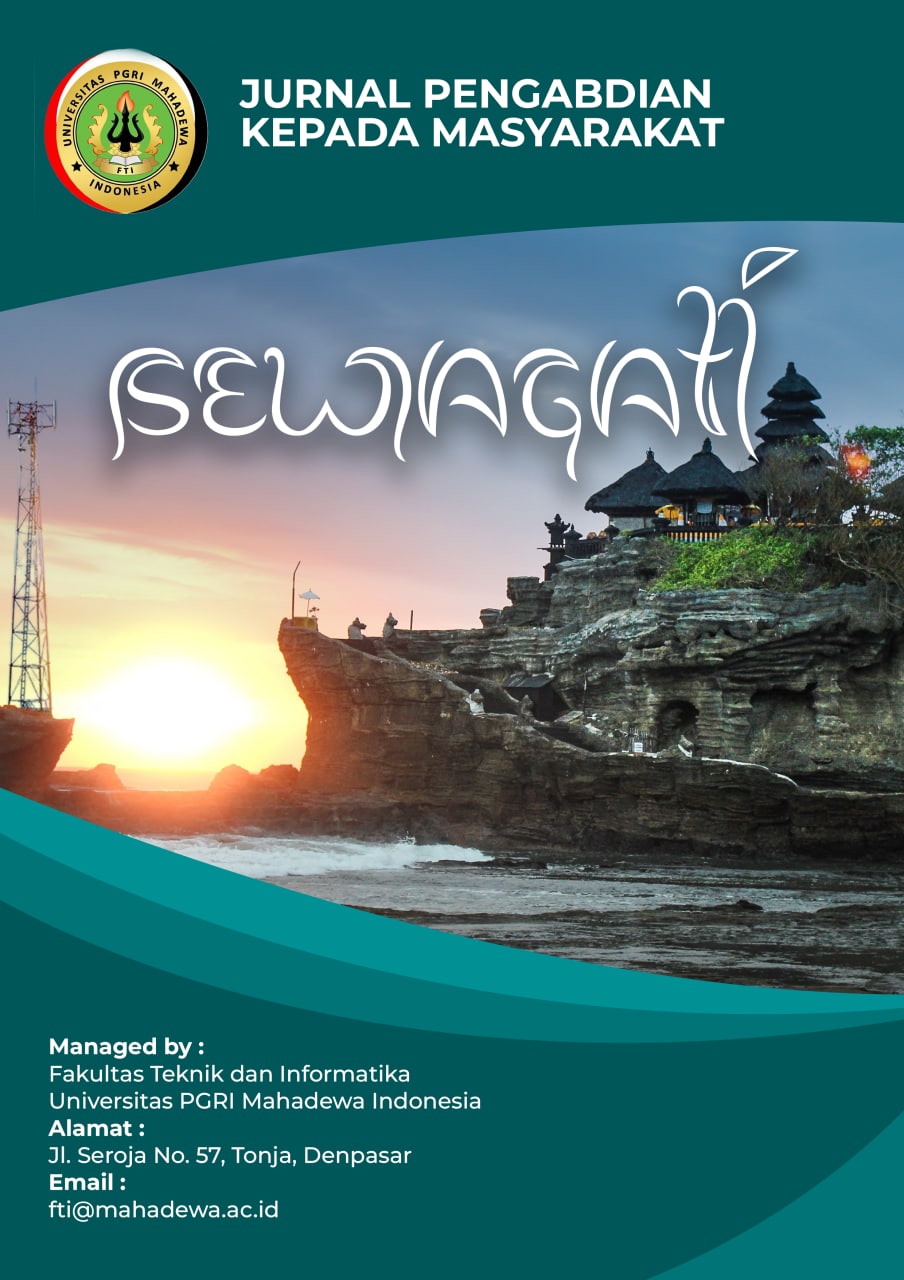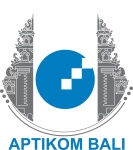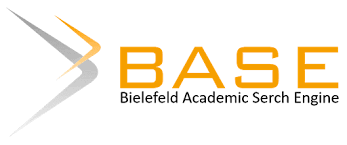PENATAAN JENIS TANAMAN BERBASIS HOME GARDEN UNTUK MENDUKUNG KELESTARIAN SUMBER PAKAN TRIGONA DI DESA BUKIT JANGKRIK
DOI:
https://doi.org/10.59819/sewagati.v3i2.4258Keywords:
Model; Feed Source, Home Garden, Sustainability, TrigonaAbstract
The Trigona honey bee farming business has rapidly developed in Bukit Jangkrik Village due to its simple cultivation and maintenance techniques. The success of this cultivation heavily depends on the availability of feed sources throughout the year, which are generally obtained from home garden-based yards. Unfortunately, the community's knowledge about the types of nectar, pollen, and resin-producing plants as food sources is still lacking, so their feeding needs have not yet been met. In order to support the sustainability of Trigona's food sources, PGRI Mahadewa University Indonesia is conducting community service activities by creating a demonstration plot of an agroforestry-based home garden model. This model combines annual fruit-bearing plants such as Durian, Matoa, Kelengkeng, Mangga, Murbei, Jeruk, Anggur, and Jambu biji, with flowering plants that produce nectar, pollen, and resin throughout the season, such as Matahari, Air Mata Pengantin, Asoka, and Kastuba. The results of the activities show the success of this demonstration plot in providing a sustainable food source, thanks to the strategic and potential arrangement of plant types. In conclusion, this agroforestry-based home garden model serves as a practical solution that not only supports the sustainability of Trigona bee cultivation but also involves the community in maintaining the local ecosystem through the planting of multifunctional plants.
Downloads
References
Bradbear, N. 2009. Bees and Their Role in Forest Livelihood: A Guide to The Services Provided by Bees and The Sustainable Harvesting, Processing and Marketing of Their Products. FAO,Rome.
Junaidah, P. Suryanto, & Budiadi. (2016). Komposisi jenis dan fungsi pekarangan (Studi kasus Desa Giripurwo, Kecamatan Girimulyo, DI Yogyakarta). Jurnal Hutan Tropis, 4(1), 77–84. https://doi.org/10.20527/JHT.V4I1.28 84
Mardiyanto, A., Pramukanto, Q., & Mugnisjah, W.Q. 2014. Perencanaan lanskap pekarangan dengan sistem pertanian terpadu. Jurnal Lanskap Indonesia, 6(2),37-47. http://repository.ipb.ac.id/handle/1234 56789/18384.
Maya, IPAT., Wahyuningsih, E., and Hidayati, E. (2022). Land useStrategis of household based agroforestry in Pendua Village, North Lombok, 2nd International Conference on Environmental Ecology of Food Security. IOP Conference Series: Earth and Environmental Science 110 (2022) 012125. DOI: 10.1085/1755-1315/1107/1/012125.
Suryanto, P., Widyastuti, S.M., Sartohadi, J., Awang, S.A. and Budi. 2012. Traditional Knowledge of Homegarden-Dry Field Agroforestry as a Tool for Revitalization Management of Smallholder Land Use in KulonProgo Java, Indonesia. International Journal of Biology Vol.4 No.2 April 2012.
Syaifudin, S.M., & Normagiat, S. (2020). Budidaya pakan lebah Trigona sp. dengan apiculture agroforestry system di Kelurahan Anjungan Melancar, Kecamatan Anjungan Kabupaten Mempawah. Jurnal Ilmiah Pangabdhi, 6(1), 17–4. https://doi.org/10.21107/PANGABDH I.V6I1.6932.
Wahyuningsih, E., Lestari, A.T., Syaputra, M., Wulandari, F.T., Anwar, H., Januardi, Maya, I.P.A.T., Anggraini,D., Aditia, G.D.R., & Muin, A. (2021). Pengayaan tanaman pakan lebah dengan pola agroforestry home garden untuk mendukung kelestarian sumber pakan lebah madu trigona. Jurnal Pendidikan dan Pengabdian Masyarakat, 4(4), 474–479. https://jurnalfkip.unram.ac.id/index.ph p/JPPM/article/view/3145
Wahyuningsih, E., Syaputra, M., Suparyana, PK., Lestari, AT. 2022. Identifikasi Diversitas Sumber Pakan Lebah Pekarangan Pada Meliponikultur di Nusa Tenggara Barat. Jurnal Penelitian Hutan Tanaman, 19(1), 29-45
Downloads
Published
Issue
Section
License
Copyright (c) 2024 I Putu Eka Indrawan, Ayu Aprilyana Kusuma Dewi

This work is licensed under a Creative Commons Attribution-ShareAlike 4.0 International License.
Authors who publish with the Jurnal Sewagti agree to the following terms:
1. Authors retain copyright and grant the journal the right of first publication with the work simultaneously licensed under a Creative Commons Attribution License (CC BY-SA 4.0) that allows others to share the work with an acknowledgment of the work's authorship and initial publication in this journal.
2. Authors are able to enter into separate, additional contractual arrangements for the non-exclusive distribution of the journal's published version of the work (e.g., post it to an institutional repository or publish it in a book), with an acknowledgment of its initial publication in this journal.
3. Authors are permitted and encouraged to post their work online (e.g., in institutional repositories or on their website) prior to and during the submission process, as it can lead to productive exchanges, as well as earlier and greater citation of published work. (See The Effect of Open Access) .




















